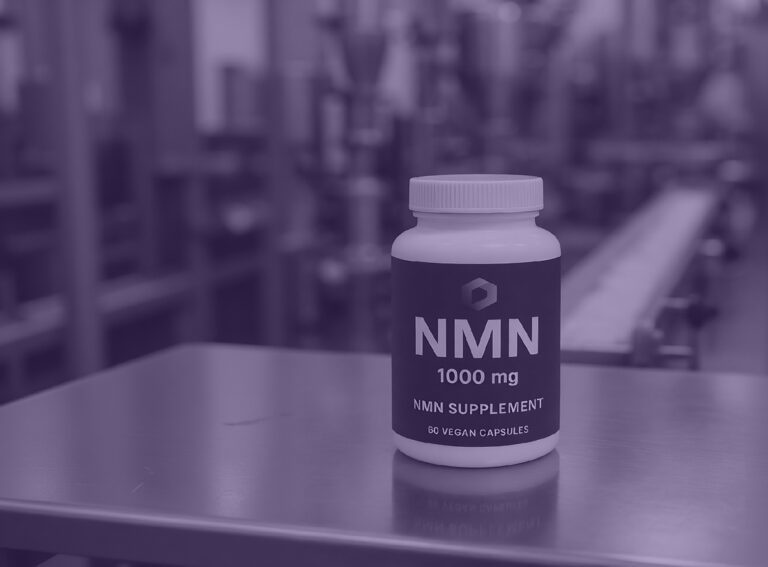April 15 Update:
A 10% universal tariff applies to imports from non-exempt countries. While reciprocal tariffs ranging from 11% to 50% were scheduled to take effect on April 9, 2025, a 90-day pause has been implemented for most countries, excluding China. Consequently, these countries remain subject to the 10% universal tariff during this period. Notably, the cumulative tariff rate on Chinese imports has escalated to 145% as of April 10, 2025. Key dietary supplement ingredients, including certain vitamins, minerals, amino acids, Coenzyme Q10, and choline, are exempt from these tariffs, regardless of their country of origin.
As of April 2:
The U.S. government enacted two new tariff structures that directly affect dietary supplement imports:
- Universal Tariffs – 10% duty applied broadly, effective April 5, 2025
- Reciprocal Tariffs – Country-specific rates of 11–50%, effective April 9, 2025
These tariffs are additive and may stack on top of existing duties, such as the 25% Section 301 tariffs on Chinese goods. In some cases, total duties on affected ingredients now exceed 70%, with immediate implications for ingredient sourcing, cost of goods sold (COGS), and pricing.
Tariff Overview
| Tariff Type | Effective Date | Scope | Rate |
| Universal Tariff | April 5, 2025 | Imports from non-exempt countries | 10% |
| Reciprocal Tariff | April 9, 2025 | 57 countries with deemed unfair trade practices | 11–50% |
For example, imports from China may now be subject to a combined tariff rate of 145%.
Exempt Ingredients
The following essential dietary supplement ingredients are not subject to the new April tariffs, regardless of country of origin:
- Vitamins A, B1–B12, C, E, Folic Acid, Niacin, Niacinamide
- Coenzyme Q10
- Choline
- Amino Acids (e.g., L-Lysine, L-Glutamine)
- Minerals (e.g., Calcium, Iron, Magnesium, Zinc, Selenium)
- Fatty Acids (including fish oils, excluding powders/capsules/liquids)
Commonly Impacted Ingredients
| Ingredient | Country of Origin | Tariff Rate | Notes |
| Ashwagandha Extract | India | 27% | Reciprocal Tariff |
| Turmeric (Curcumin) | India | 27% | Reciprocal Tariff |
| Ginkgo Biloba Extract | China | 34% | Stacked with Section 301 |
| Green Tea Extract | China | 34% | Stacked with Section 301 |
| Elderberry | European Union | 20% | Reciprocal Tariff |
| Caffeine (Synthetic) | China / India | 34% / 27% | Depends on origin |
| Botanical Powders | Peru, India, China | 10–145% | Varies by country |
Impacts for Brands
- Increased COGS
Higher import costs will affect margins, especially for brands relying on botanical extracts and specialty ingredients. - Supply Chain Disruption
Customs classification issues and tariff stacking may cause shipping delays and ingredient shortages. - Strategic Sourcing Shifts
Brands may benefit from transitioning to suppliers in countries such as Mexico or Brazil, which currently offer more favorable tariff status under agreements like USMCA. - Reformulation Needs
Where ingredient substitution is viable, reformulation will require new testing, label updates, and regulatory compliance. - Pricing Pressure
Depending on positioning and margin structure, brands may need to evaluate pricing changes or adjust promotional strategy.
Key Definitions
| Term | Definition |
| HTSUS | Harmonized Tariff Schedule of the U.S., used for import classification |
| Reciprocal Tariff | Country-specific tariff (11–50%) for unfair trade practice countries |
| Universal Tariff | 10% flat rate on countries not listed in reciprocal annex |
| Section 301 | 25% tariff on Chinese goods implemented in 2018 |
| USMCA | U.S.-Mexico-Canada Agreement, exempting qualifying imports from tariffs |
| IEEPA | Emergency powers that may trigger additional tariffs, including proposed ones on Canada and Mexico |
Final Notes
To help minimize disruption and protect your supply chain, WB Blends is taking the following steps:
- Sourcing from lower-tariff countries where feasible.
- Auditing HTS codes to ensure proper classification and reduce unnecessary duties.
- Partnering with brands to stock critical items to mitigate pricing impact.
We encourage our partners to:
- Evaluate reformulation options where appropriate.
- Align with sales, operations, and marketing on pricing strategies.
- Stay informed as tariff policy continues to evolve.
These tariffs present challenges—but also opportunities for strategic supply chain management.



